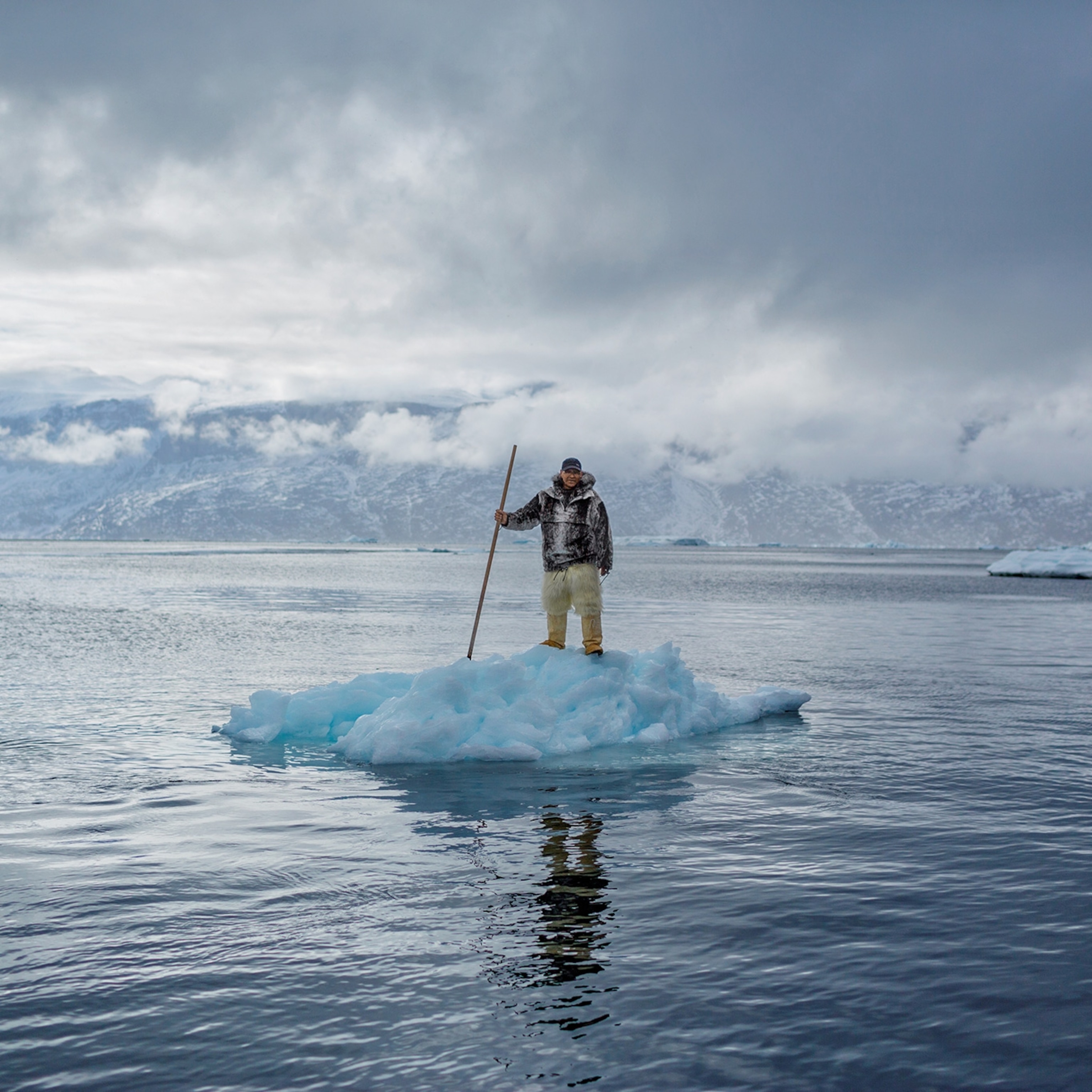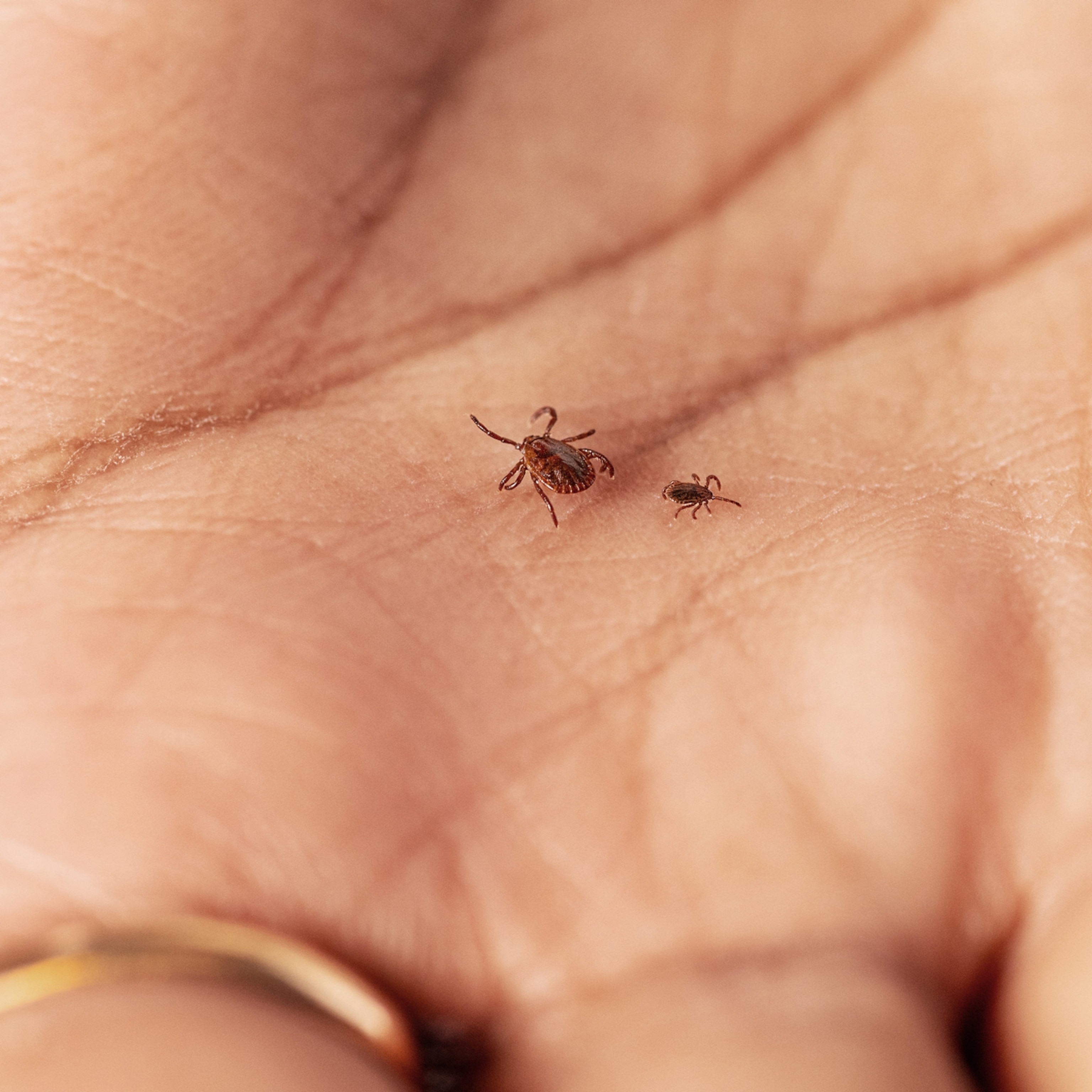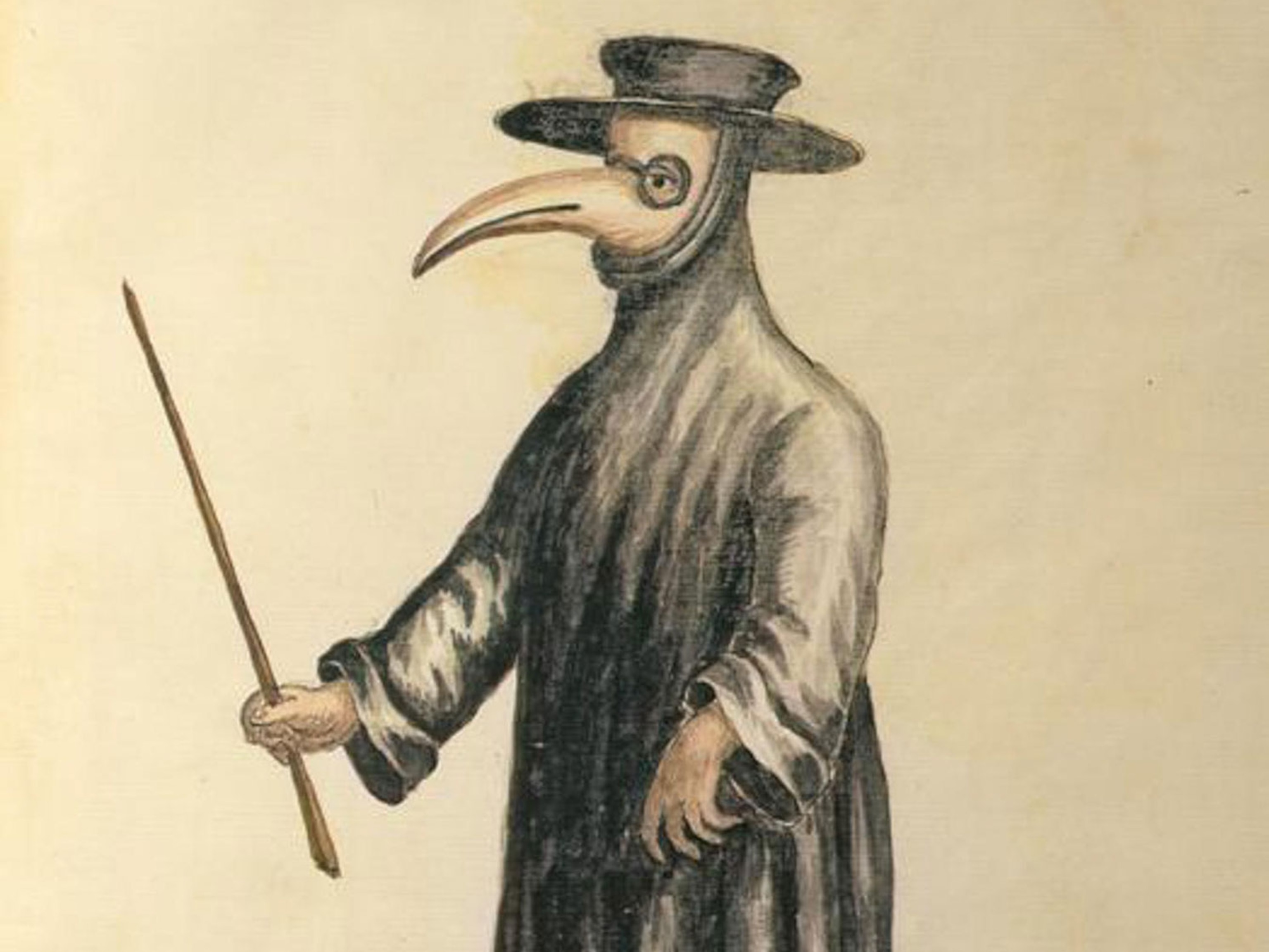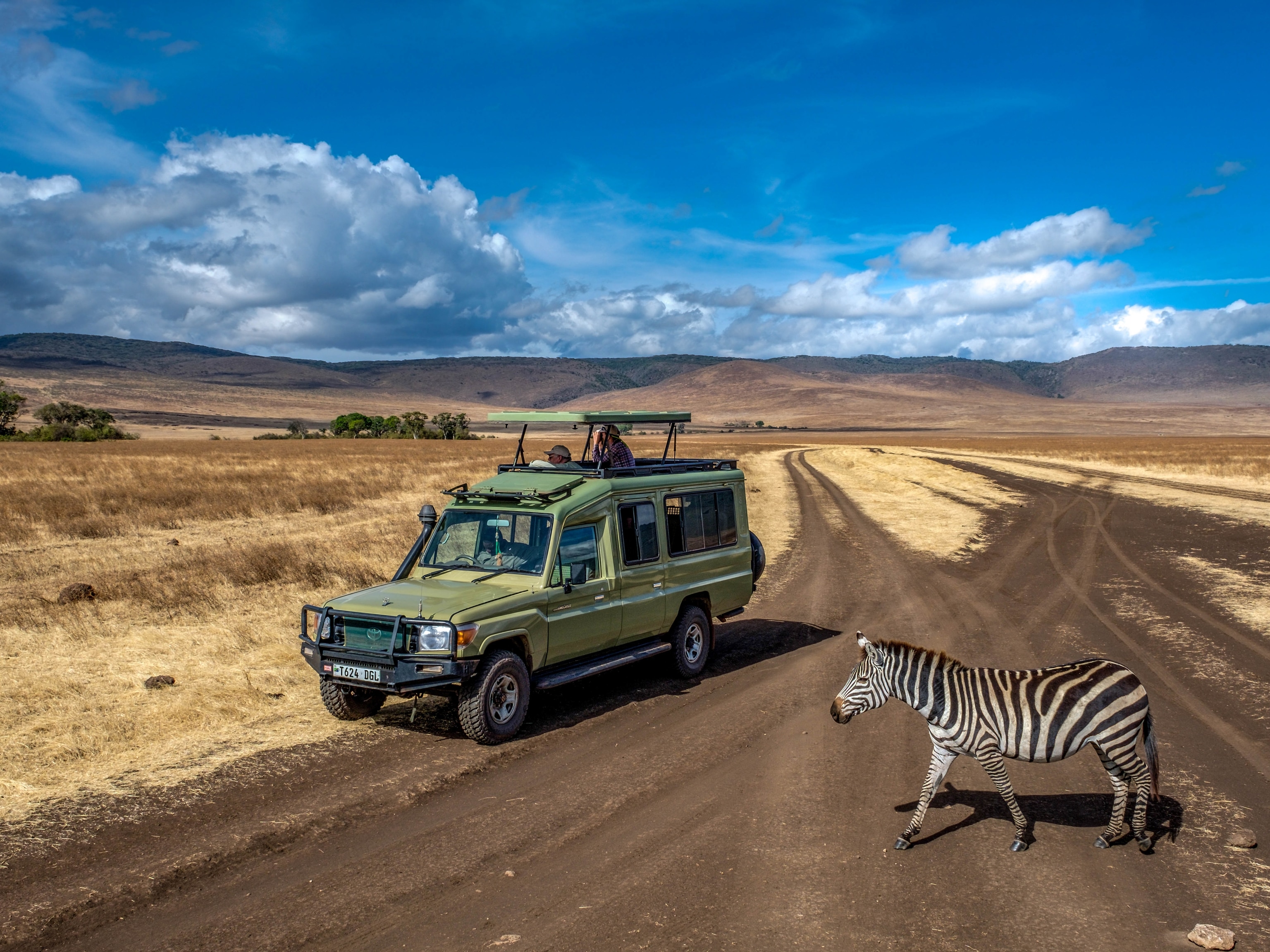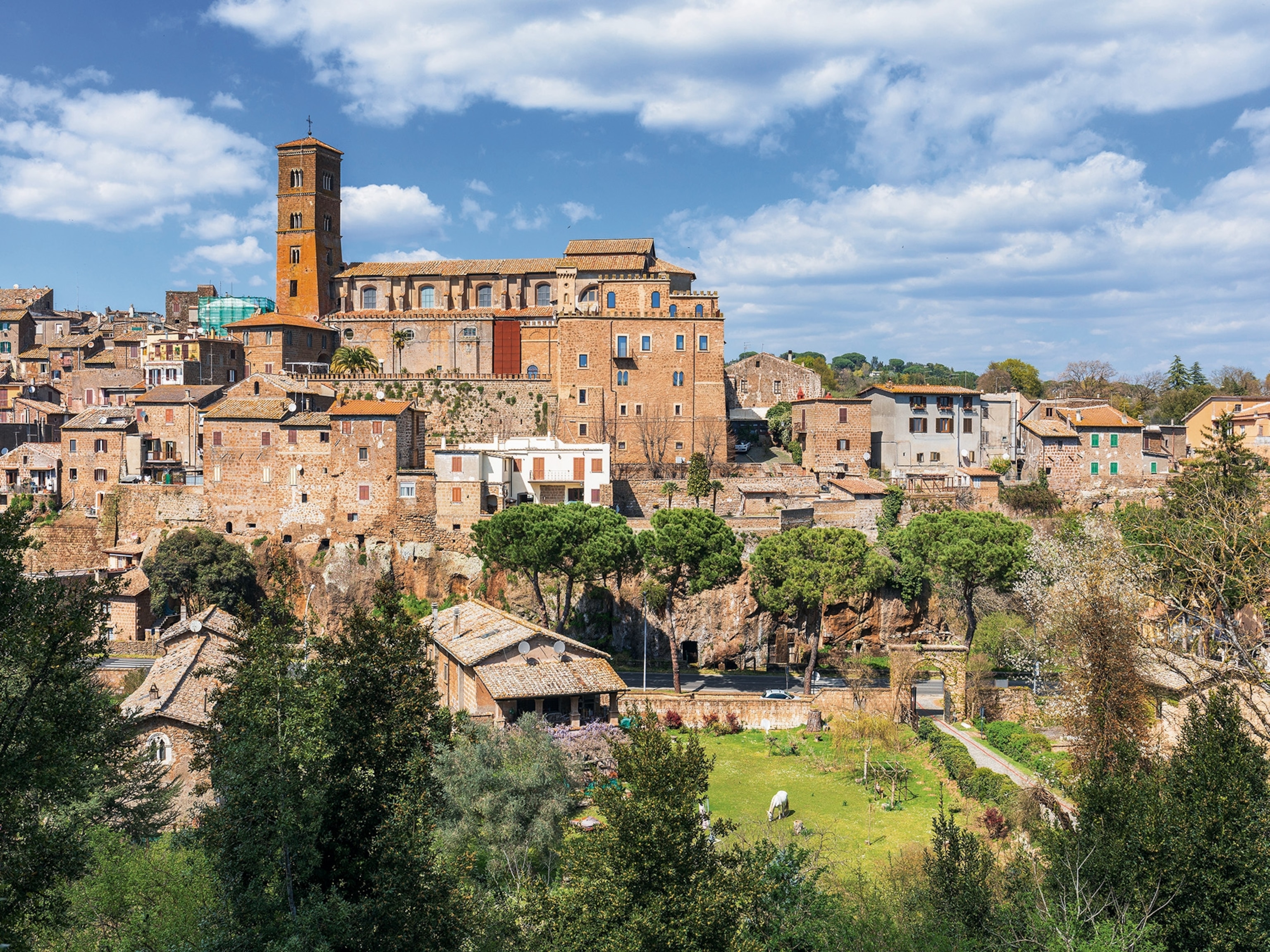
Half of All Species Are on the Move—And We're Feeling It
As climate change displaces everything from moose to microbes, it’s affecting human foods, businesses, and diseases.
The shrubs probably responded first. In the 19th century, alder and flowering willows in the Alaskan Arctic stood no taller than a small child—just a little over three feet. But as temperatures warmed with fossil fuel emissions, and growing seasons lengthened, the shrubs multiplied and prospered. Today many stand over six feet.
Bigger shrubs drew moose, which rarely crossed the Brooks Range before the 20th century. Now these spindly-legged beasts lumber along Arctic river corridors, wherever the vegetation is tall enough to poke through the deep snow. They were followed by snowshoe hares, which also browse on shrubs.
Today moose and hares have become part of the subsistence diet for indigenous hunters in northern Alaska, as melting sea ice makes traditional foods like seals harder to chase.
That's just one of thousands of ways in which human-caused climate change is altering life for plants and animals, and in the process having direct and sometimes profound impacts on humans. As the planet warms, species are shifting where, when, and how they thrive. They are moving up slopes and toward the poles. That is already altering what people can eat; sparking new disease risks; upending key industries; and changing how entire cultures use the land and sea.
"We're talking about a redistribution of the entire planet's species," says Gretta Pecl, lead author of a new study in Science that examined the implications of wildlife on the move.
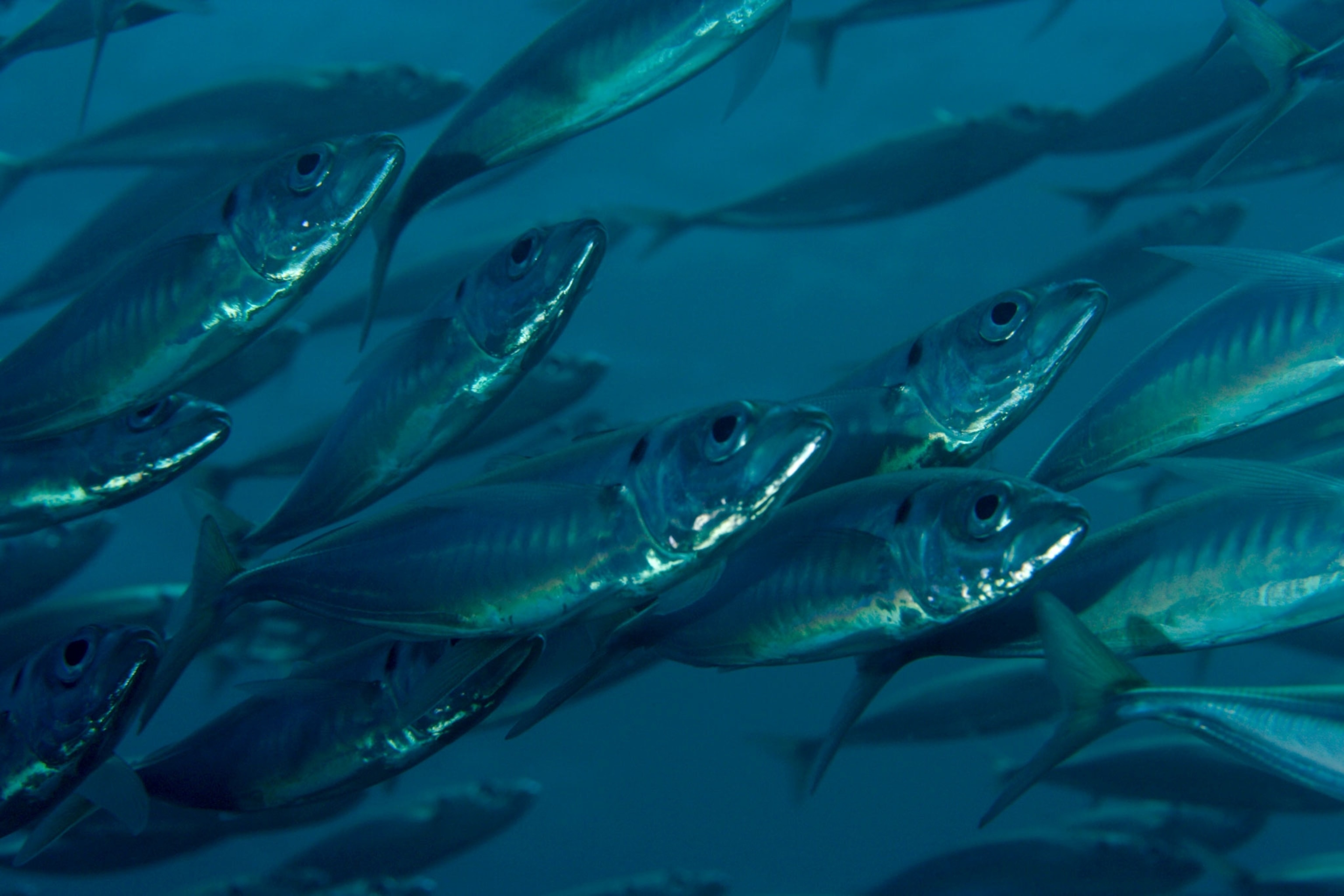
Germs and Pests on the March
The changes already are quite dramatic. Malaria, for example, now appears higher up mountain slopes in Colombia and Ethiopia, as rising thermostats make way for mosquitoes at higher elevations. Leishmaniasis, a sometimes-fatal, once primarily tropical affliction, has moved into northern Texas as the sandflies that host the disease-causing parasite head north.
Agriculture is feeling the effects too, as crop pests expand their range. Diamondback moths, which ravage the cabbages, kale, and cauliflower grown by poor urban farmers, are spreading in South Africa. In Latin America, coffee plant funguses and pests are appearing in new areas, threatening a key industry. The same is happening to French olives, wine grapes, and lavender. And in the United States, scientists suspect climate change has promoted the increasingly rapid spread of Johnson grass, a highly invasive weed that reduces yields for legumes, corn, sorghum, and soybean.
Some people are benefiting: Atlantic mackerel have moved so far north that the Icelandic fleet, which once caught the fish only by accident, now shares a major industry with Europe. The point is that the effects of climate change on wildlife, for good or (mostly) for ill, are already significant.
"The biological data is incredibly striking, but we haven't really gotten the story out," Pecl says. "We're undergoing the greatest change to our environmental systems that the world has seen in millions of years. And it's affecting people."
Half of All Life Is Moving
Scientists have long assumed that species would shift their range as climate conditions shift. They just didn't expect it would happen so fast.
A tally of more than 4,000 species from around the world shows that roughly half are on the move. The ones on land are moving an average of more than 10 miles per decade, while marine species are moving four times faster. Some individual species are moving far more quickly. Atlantic cod and Europe's purple emperor butterfly, according to Camille Parmesan, a scientist at Plymouth University in the United Kingdom, moved more than 125 miles in a single decade.
Warming is also shifting the timing of biological cycles. Globally, frogs and other amphibians are breeding an average of eight days earlier with each passing decade, while birds and butterflies are reproducing four days earlier. By revisiting records kept by Walden author Henry David Thoreau, scientists showed that plants of all kinds in Concord, Massachusetts, now flower about 18 days earlier than they did in the 1850s.
"Everywhere throughout the world, things are happening earlier in the spring—in China, Japan, Korea, across Europe—those are the strongest signals of all," says Richard Primack, a biology professor at Boston University. "The time that trees and shrubs leaf out in spring determines the entire timing of the growing season. It can completely change the whole ecology of the forest."
Where the change will end up isn’t easy to predict; as the species within an ecosystem shift in space and time, they’re not all shifting at the same pace, and they’re not all responding to the same signals. Some are adapting to temperature changes, others are more influenced by sunlight or changes in precipitation. In California, some mountain plants, such as hemlock, are actually moving downhill, toward warmer temperatures, as climate shifts bring more precipitation to once dry valleys. In one Colorado region, wildflower blooms now last a month longer, because flowers no longer bloom all at once.
And all over the world, new hybrid species are appearing—toads, sharks, butterflies, bears, trout, are among the examples that have been documented so far. The hybrids result from interbreeding of species that have been newly thrown together by climate change.
Other species are threatened by the unraveling of ecological relationships. Take for example the red knot, a shorebird that migrates from the tropics to the Arctic each spring to breed and feed on insects. Because Arctic snows are now melting and insects are hatching weeks before the birds arrive, there’s too little food for the red knot chicks—and at least in the case of the population that migrates back to West Africa, the young birds’ beaks are too small to pluck mollusks from sandy beaches.
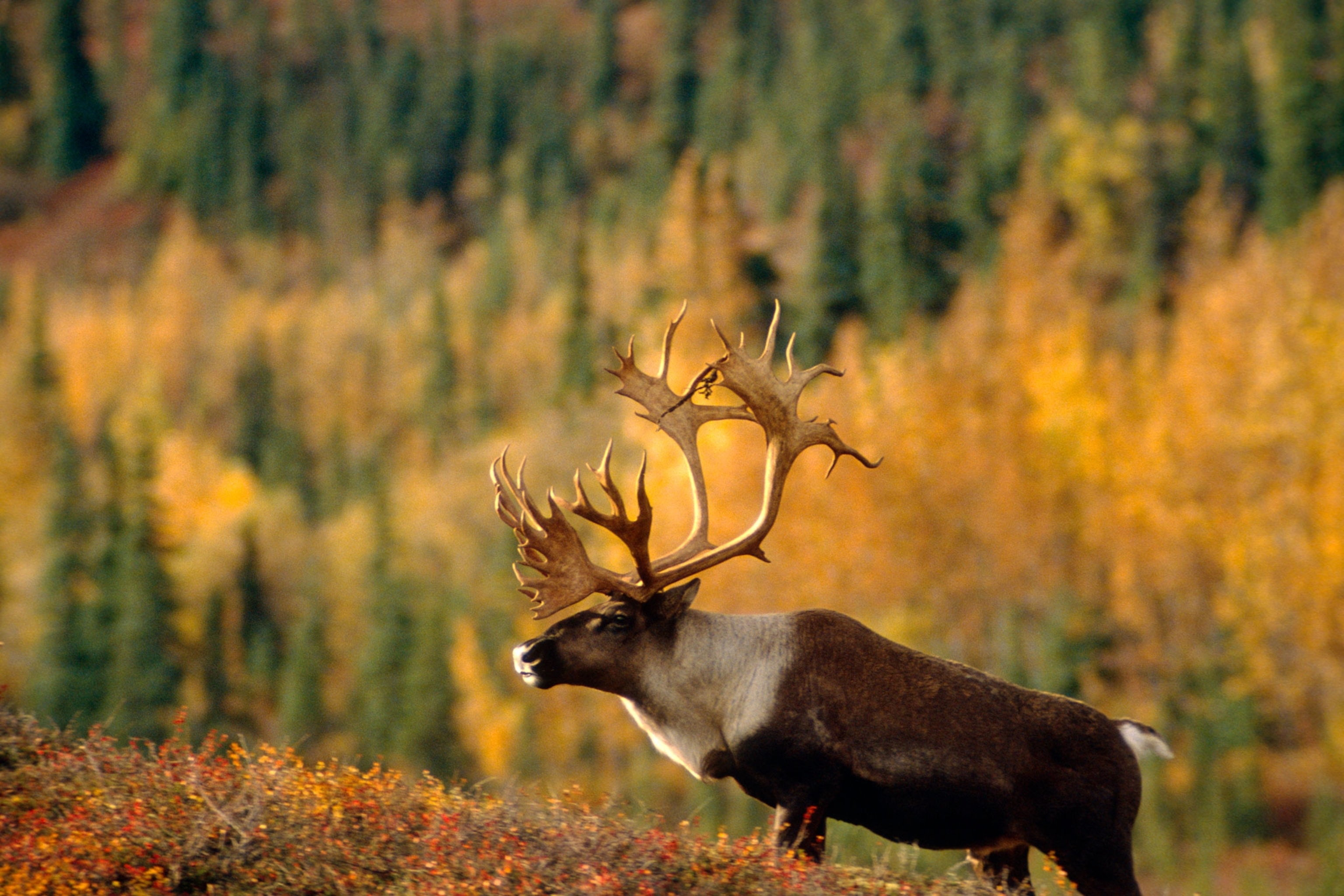
Similarly, in West Greenland, the mortality of young caribou is rising because the plants that mothers eat in calving season are no longer abundant enough. In Japan, the herb Cordyalis ambigua is now flowering before bumblebees emerge to pollinate it, and as a result it’s producing fewer seeds. Meanwhile, bumblebees globally are being pushed out of the southern part of their range by rising temperatures, and for whatever reason are not expanding their range much in the north.
"Anybody who spends time outside as a bird watcher or fisherman or hunter knows that timing and migrations are changing," says David Inouye, emeritus professor with the University of Maryland, College Park, who has worked in the Rocky Mountains for decades. "I think what might be more novel is the fact that whole communities are being affected."
Increasingly, these species shifts are starting to impact people, especially in the far north, in ways no one predicted.
No Songs About the Sable
Tero Mustonen, who works with the Finnish group Snowchange Cooperative, has heard a curious complaint from indigenous leaders in Siberia: "There are no songs about the sable, there are no old stories about the sable," they tell him. Sables are woodland creatures that didn’t used to inhabit the Arctic tundra. In and of itself, their recent arrival may not pose a great challenge—but it symbolizes, Mustonen explains, the extent to which Arctic landscapes are no longer fully recognizable to the indigenous peoples who have lived there for centuries. In Sweden there’s a lake that has forever been known as The Lake of Pine Trees; it’s now surrounded by birch.
Some of the shifts, of course, pose greater challenges. Thawing permafrost is causing lakes that nomadic Siberians used to fish in, and to water their reindeer in, to vanish into the ground. In Sweden, lakes and streams previously used for drinking water are now contaminated with the parasite that causes giardia, the human intestinal illness. Beavers following willow trees north probably spread the parasite, says Maria Furberg, a research scientist who is tracking disease outbreaks in the far north.
The incidence of insect-borne tularemia, also known as rabbit fever, has grown 10-fold in northern Sweden in 30 years, Furberg reports. Just last month scientists announced a 23-fold increase in tick-borne encephalitis in the Komi Republic, west of Russia's Ural Mountains. Climate change, they said, has allowed ticks to expand their range.
All these changes are sparking unease among Siberians and Scandinavians in particular, Mustonen says. "Nature doesn't trust us anymore," some elders have told him.

